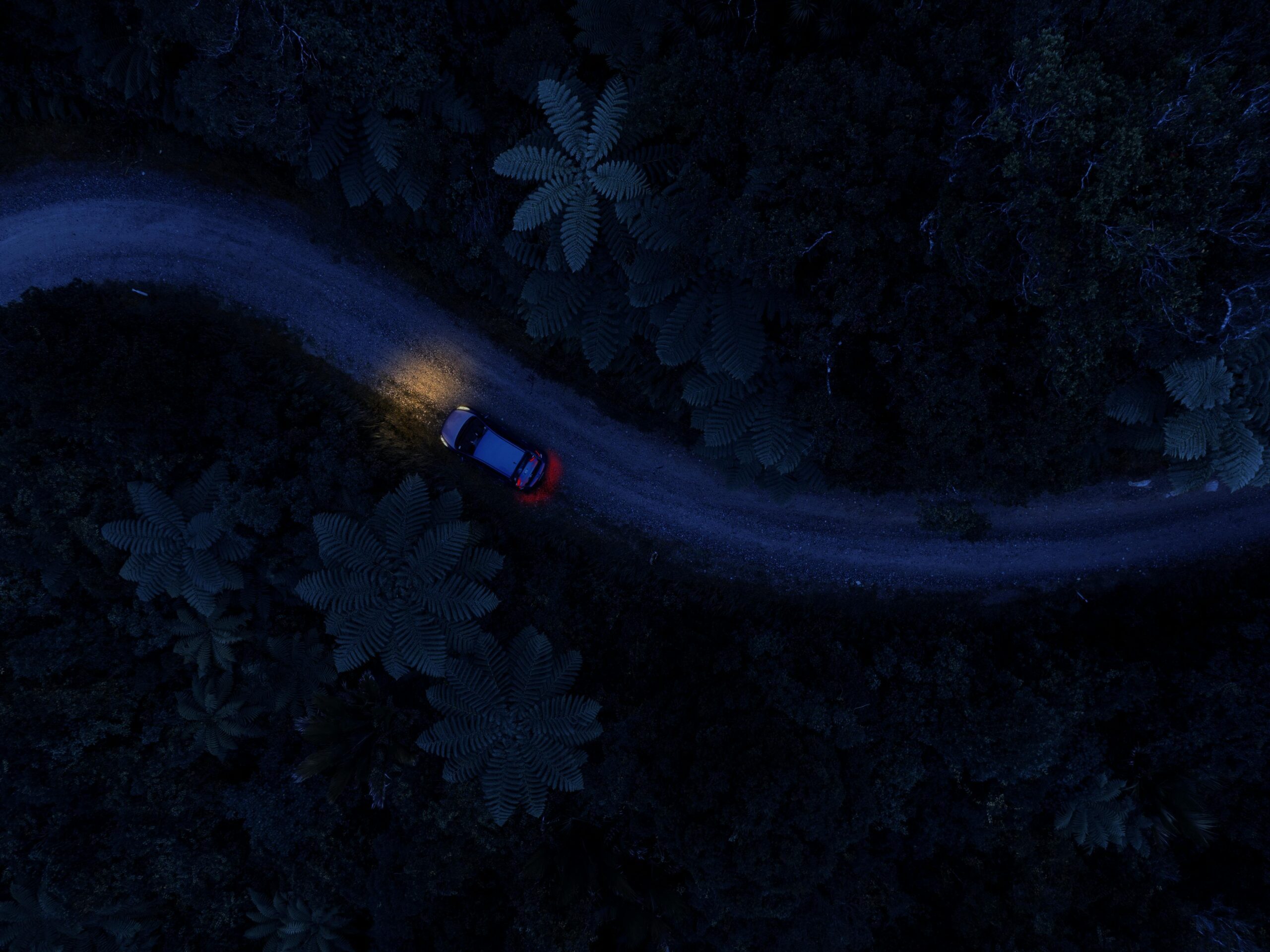If you’ve been herping for a while, you know that the time of day can completely change your experience. Some species thrive under the sun, basking on warm rocks or slithering across trails, while others stay hidden until the night comes alive. Whether you’re a seasoned field herper or just getting started, understanding the difference between daytime and nighttime herping can help you plan your trips and increase your chances of spotting your target species.
The Magic of Daytime Herping
When the sun is up, reptiles are in their element. The warmth of the daylight hours is crucial for cold-blooded creatures like snakes, lizards, and turtles to regulate their body temperature. That’s why you’ll often spot them basking on rocks, tree branches, or even roads in the morning as they soak up heat.
Daytime herping is ideal for diurnal species, those active during the day. Depending on where you live or travel, here are some of the species you’re likely to see in the daylight:
- Lizards: From anoles and skinks to fence lizards and iguanas, daytime is their prime time. They can be seen darting across logs or doing push-ups to show dominance.
- Turtles: Box turtles and aquatic species often emerge to bask in the sun near ponds or on logs.
- Snakes: Species like garter snakes, racers, and gopher snakes are often out in the open during warm daylight hours, especially in early morning or late afternoon when the heat is manageable.
- Amphibians: Though most are nocturnal, some species like toads and frogs may be spotted after heavy rain or during the cooler parts of the day.
Field herping during the day also gives you a better chance to photograph your finds. Natural light brings out the stunning colors and patterns of reptiles, making it a great time for photography enthusiasts to get those perfect shots.
The Thrill of Night Herping
When the sun dips below the horizon, the herping world transforms. Night herping brings out a different cast of characters, creatures that prefer the cool, humid, and darker hours. These nocturnal species are often more relaxed, moving slower and making them easier to approach for observation or photography.
Nighttime is ideal for spotting:
- Tree Frogs and Toads: Once the lights go out, amphibians steal the show. Their croaks echo through wetlands and forests, and a flashlight beam often catches their reflective eyes.
- Geckos: Common in warmer regions, geckos emerge to hunt insects on walls, trees, and even around camp lights.
- Pit Vipers: In many parts of the world, snakes like copperheads, rattlesnakes, and cottonmouths become more active after dark, especially in the summer.
- Aquatic Species: Salamanders, newts, and other moisture-loving species are often found crossing roads or near streams after sunset.
One of the biggest perks of field herping at night is the quiet. The world slows down, and with a good headlamp or flashlight, you’ll be surprised at how much life you can uncover in just a few steps. However, always take extra precautions, watch your footing, use proper lighting, and keep safety first when exploring at night.
When to Go:
Whether you prefer day or night herping, the key is to plan around temperature and weather conditions. Cool mornings or late afternoons are best for daytime herping since reptiles are actively thermoregulating. On the other hand, warm and humid nights, especially after rain, are ideal for amphibians and nocturnal snakes.
If you’re herping in deserts or tropical regions, the difference between day and night is even more pronounced. In hot areas, many reptiles hide underground during the day and only come out once the sun sets. In contrast, forested or temperate regions often have plenty of daytime activity, making both times rewarding in their own way.
Final Thoughts
Herping is one of those hobbies where time and patience pay off. Whether you prefer the golden glow of daylight or the quiet mystery of the night, each experience reveals a different side of the wild. Daytime brings color and motion, while night herping offers a sense of discovery that can’t be matched.
So next time you head into the field, think about what kind of adventure you want. The same trail that feels calm and sunlit in the morning might be crawling with frogs, snakes, and salamanders after dark. That’s the beauty of field herping—it’s never the same twice.


0 Comments